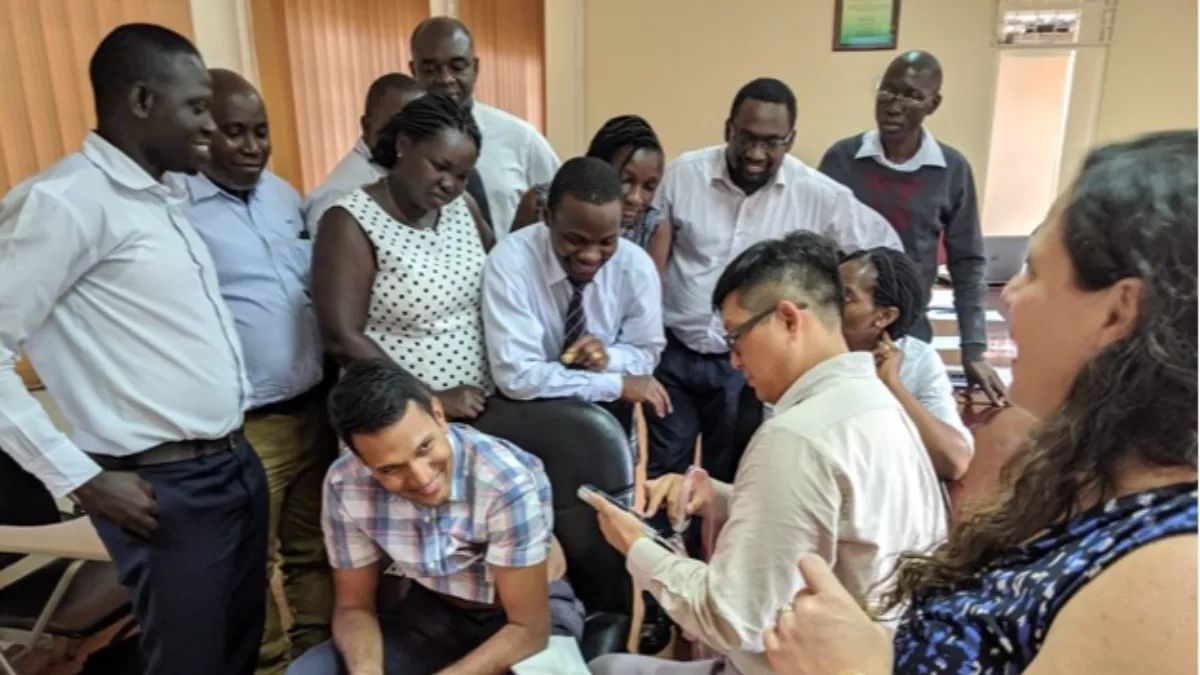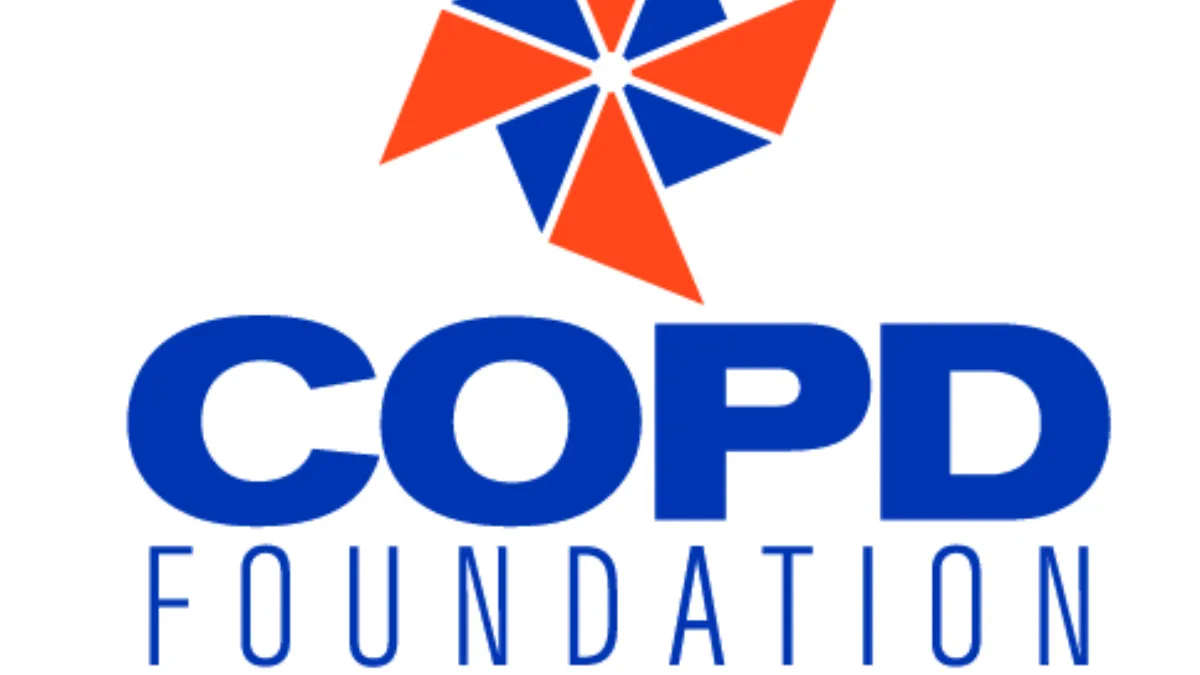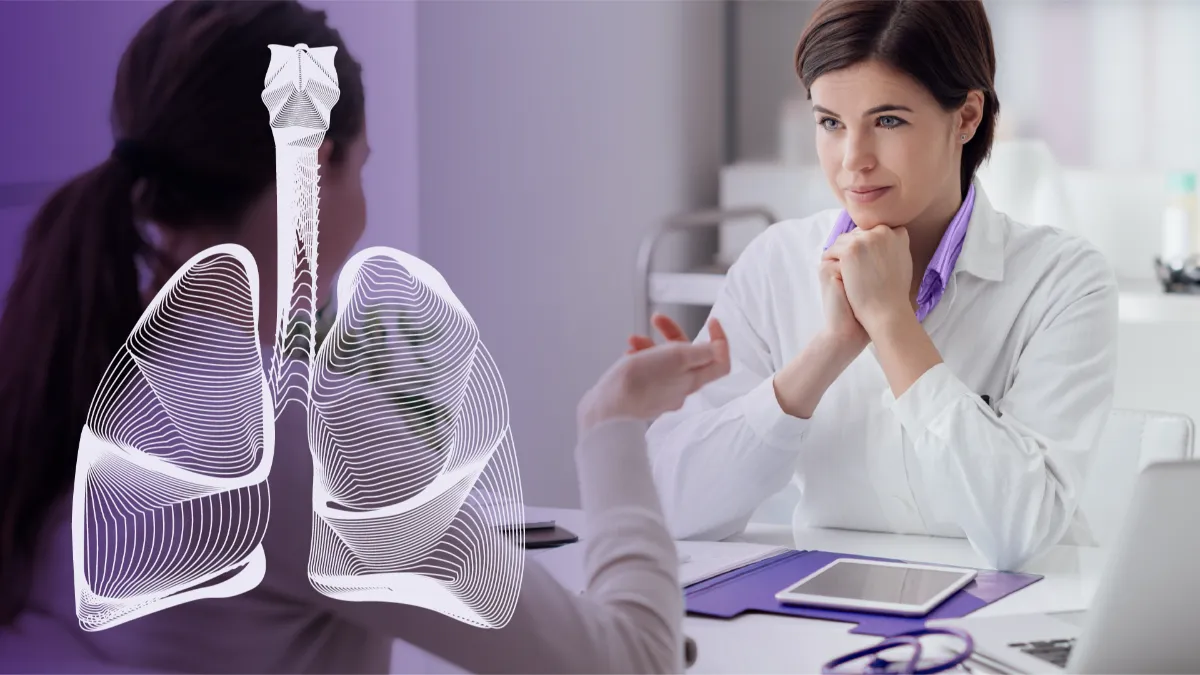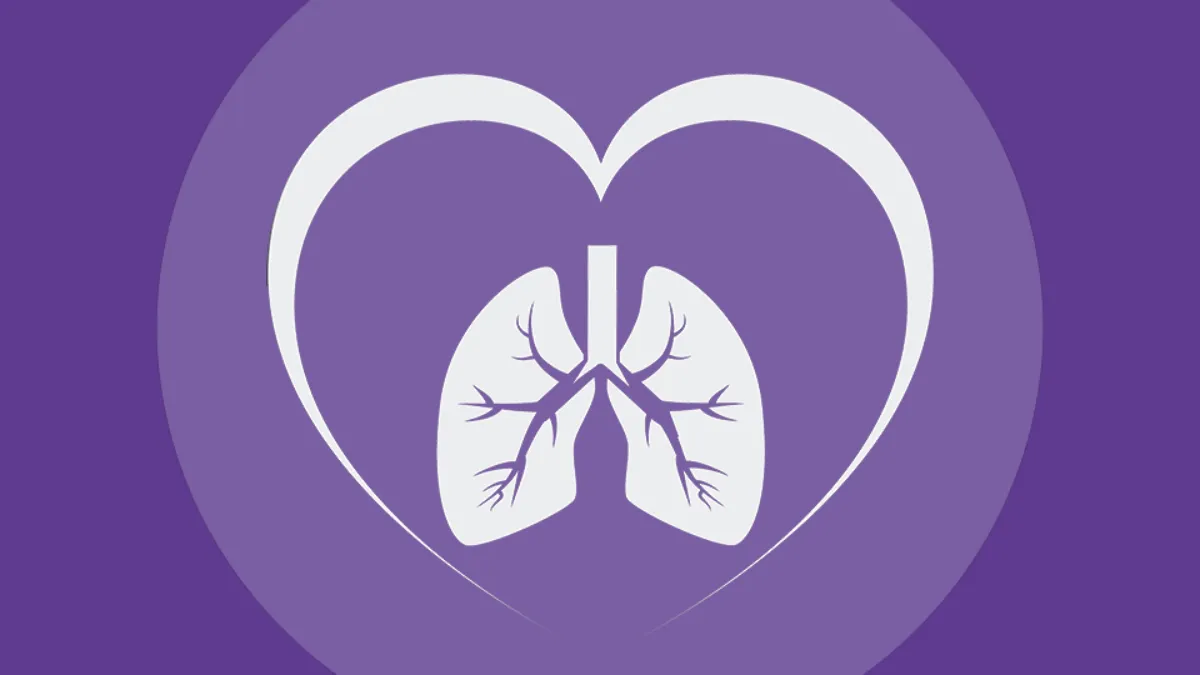Benefits of portable spirometry in long-COVID & COPD

Providing health care to those with COVID-19 and others with medical needs has been no small feat during the pandemic. Unfortunately, patients have been hesitant to seek care from their physician or healthcare provider for fear of contracting the illness or spreading it to others during a visit. As a result, many people have gone without much-needed healthcare since the pandemic began two years ago, resulting in respiratory conditions going undiagnosed and progressing to the detriment of patients.
However, with portable spirometry equipment like the EasyOne Air, providers can take spirometry testing on the road to patients. As a result, healthcare providers and patients alike are quickly recognizing the benefits of portable spirometry due to its ability to identify those experiencing the respiratory effects of long-COVID and those suffering from other respiratory illnesses like COPD. But unfortunately, the latter has not been diagnosed and is at high risk.
Benefits of portable spirometry #
As a provider, one of your primary concerns is keeping your patients safe—and portable spirometry can help you do that in more ways than one.
First of all, portable spirometry allows your patients to come to you for an office visit and testing instead of a hospital or large test center where they are more likely to come in contact with other patients with various communicable illnesses like COVID-19 and the flu. As a result, portable testing significantly reduces the likelihood that your patients with a compromised respiratory or immune system will come into contact with a contagion as they might in a hospital or large test center.
Secondly, the ability to conduct spirometry testing in your office or mobile clinic ensures that as a healthcare provider, you’re able to monitor your patients’ respiratory function during acute and post COVID on the spot. You’re also able to quickly identify patients who have developed long-COVID and begin treatment immediately.
Thirdly, portable spirometry enables you to perform pulmonary testing on patients with respiratory symptoms consistent with COPD or other non-COVID respiratory disorders requiring prompt diagnosis, treatment, and ongoing monitoring.
Spirometry testing and long-COVID #
Long-COVID is defined as a “multisystem disease"1 consisting of various symptoms that may occur even after a brief and minor infection with the virus.
Although a widely agreed-upon definition still does not exist, respiratory experts caring for COVID-19 patients define “post-acute COVID-19 as extending beyond three weeks from the onset of first symptoms and chronic COVID-19 as extending beyond 12 weeks.” Testing positive for COVID-19 isn’t a prerequisite for diagnosis. The term “long-COVID” applies to the beginning of the post-acute COVID-19 phase and extends out through the chronic phase.
For those with long-COVID, portable spirometry testing continues to be one of the most common and important pulmonary function tests (PFTs) clinicians can offer patients outside of large test centers and hospitals.2 However, the true value of portable spirometry quickly becomes evident when a patient’s lung function values are available to you immediately as you’re conducting your assessment and interviewing the patient regarding their symptoms.
With post-COVID fibrosis, having portable spirometry equipment such as the EasyOne Air to assess airflow enables healthcare providers to identify patients at risk and potentially intervene with treatment and follow-up to avoid further lung impairment while reducing healthcare costs and patient suffering.
Decline in spirometry testing and diagnosis of COPD during COVID-19 #
Diagnosis and routine management of COPD has become complex due to fewer face-to-face consultations throughout the pandemic, making spirometry testing more difficult to perform and limiting standard pulmonary rehabilitation and home care programs.3 Patients have also encountered medication shortages on top of this.4
Researchers in one UK study found that during the pandemic:
“People living with chronic breathlessness who were yet to receive a diagnosis for their underlying condition were not identified as clinically vulnerable so did not receive shielding advice or support; however, breathlessness is a common manifestation of severe heart and lung diseases so many may have been classified as ‘extremely vulnerable’ if they had received a diagnosis. Furthermore, functional impairment from breathlessness (assessed by the Medical Research Council dyspnoea scale) is associated with reduced survival regardless of underlying diagnosis….”5
While an increasing number of people require ongoing assessment and follow-up for long-COVID, others living with non-COVID respiratory conditions like COPD continue to go undiagnosed during the pandemic, leaving them vulnerable and likely reducing their long-term survival rate.
With the advent of affordable portable spirometry that may be administered in a clinic or even a van, clinicians now have the opportunity to diagnose and treat those with respiratory conditions without unnecessarily endangering patients or themselves. And that’s good news for patients and clinicians.
Written by

Leona Werezak
MN, BSN, RN
MN, BSN, RN is a full-time freelance nurse writer. She worked as a registered nurse in a variety of positions at the bedside for 13 years and as a nurse manager. From there, she began teaching nursing in BSN programs for the next 20 years. As a freelance nurse writer, she now ghostwrites thought leadership content for healthcare leaders and online content for healthcare and medical businesses, nursing schools and colleges, as well as various nursing sites.










